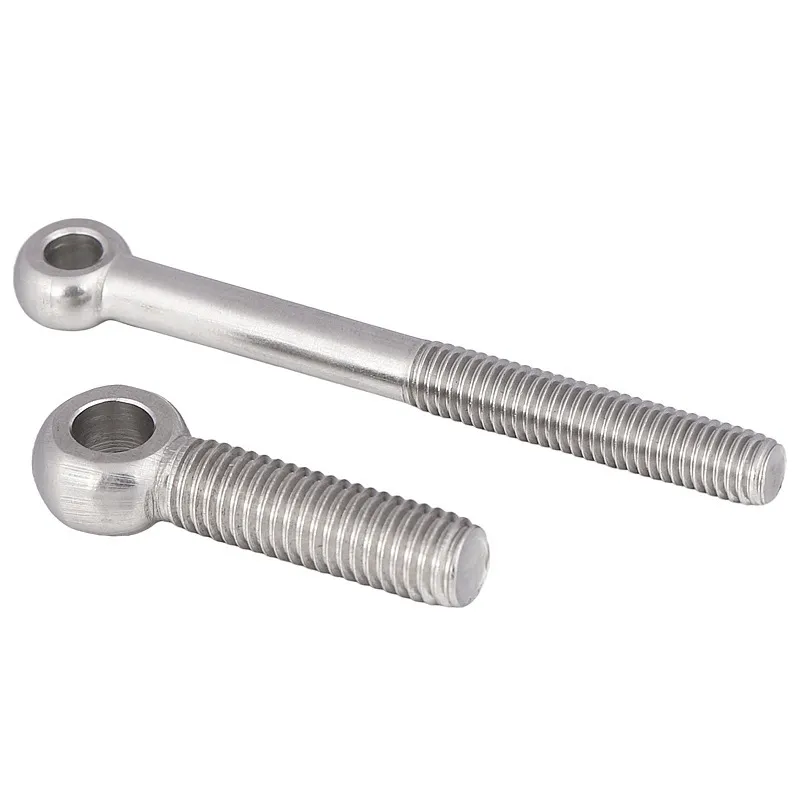

ferrule stud welding
Dec . 12, 2024 23:29 Back to list
ferrule stud welding
Ferrule Stud Welding An Overview
Ferrule stud welding is a specialized process used primarily in construction and manufacturing to join metal components, particularly for applications requiring high strength and reliability. This welding technique is instrumental in creating strong, permanent attachments between studs and base materials, often used in electrical, automotive, and structural applications.
What is Ferrule Stud Welding?
At its core, ferrule stud welding involves the use of a metal stud, commonly referred to as a ferrule, which is welded onto a base material. This process is distinct from traditional welding methods, as it utilizes a controlled arc generated between the stud and the workpiece. The technique is engineered to produce a precise amount of heat, which melts the surface of the materials being joined, allowing them to fuse together upon cooling.
The ferrule itself often has a cylindrical design, making it ideal for various applications. The studs can be made from different materials, including stainless steel, carbon steel, and other alloys, catering to the diverse needs of industries.
Benefits of Ferrule Stud Welding
One of the most significant advantages of ferrule stud welding is the speed of the process. This method enables quick and efficient welding, making it advantageous for production environments where time is a critical factor. The process also minimizes the need for additional fasteners or support structures, thereby reducing overall material costs and labor.
Another benefit is the quality of the weld itself. Ferrule stud welding typically creates strong, reliable joints that withstand significant mechanical stress. The process is designed to ensure uniform penetration and minimal distortion, which enhances the structural integrity of the components involved.
ferrule stud welding

Additionally, by using ferrules, manufacturers can effectively prevent issues related to corrosion and other environmental factors. The design of the ferrule often provides an added layer of protection to the weld, making it suitable for harsh conditions.
Applications
Ferrule stud welding is deployed in various industries. In the construction sector, it is frequently used to attach electrical conduits and fixtures to beams and walls. This method simplifies the installation process while ensuring strong connections that meet industry safety standards.
In automotive manufacturing, ferrule stud welding is employed to attach various components within vehicles, including frames and body panels. This technique's ability to create lightweight yet resilient joints is essential in enhancing vehicle performance and safety.
Moreover, in the electrical industry, this welding technique is particularly beneficial for securing grounding systems and other electrical connections. The reliability of the welds created through this process is crucial for maintaining the functionality and safety of electrical systems.
Conclusion
Ferrule stud welding represents a critical advancement in welding technology, providing a robust solution for joining metal components with speed and reliability. Its efficiency, strength, and versatility make it an ideal choice across various industries, from construction to automotive and electrical applications. As technology continues to evolve, the techniques and equipment associated with ferrule stud welding will likely further develop, pushing the boundaries of what is possible in metal joining. This process not only enhances production capabilities but also contributes significantly to the safety and durability of countless applications, showcasing its irreplaceable role in modern manufacturing and construction.
Latest news
-
High-Strength Hot Dip Galvanized Bolts - Hebei Longze | Corrosion Resistance, Customization
NewsJul.30,2025
-
Hot Dip Galvanized Bolts-Hebei Longze|Corrosion Resistance&High Strength
NewsJul.30,2025
-
High-Strength Hot-Dip Galvanized Bolts-Hebei Longze|Corrosion Resistance&High Strength
NewsJul.30,2025
-
Hot Dip Galvanized Bolts-Hebei Longze|Corrosion Resistance&High Strength
NewsJul.30,2025
-
Hot Dip Galvanized Bolts - Hebei Longze | Corrosion Resistance, High Strength
NewsJul.30,2025
-
High-Strength Hot Dip Galvanized Bolts-Hebei Longze|Corrosion Resistance, Grade 8.8
NewsJul.30,2025

